What Is Water Leakage from Ceiling?
Water leaking is a common flaw in the ceiling of the house. In general, a ceiling water leak is known as a water leakage when water escapes through the roof surface.
Deep leaks mainly arise because the waterproof membrane or scratch on the top of the sheet is long-term wear and tear. Ceiling leaks in the old houses are fairly prevalent and most of them occur in toilets and baths.
The detection of cause or source may be difficult for roof leaks. It’s a hard task since water can run through the plate and infiltrate the walls and floors before it starts penetrating.
The leak of ceiling water may lead to serious effects, including inundation, blemishing, collapse of water, and damage to products and property if this fault is addressed.
If your house leaks from its ceiling, the direct floor above usually causes leaks. You have to perform waterproofing and maintenance work in order to resolve this problem.
Furthermore, additional moisture caused by the ceiling leak might lead to mould formation that causes respiratory concerns for residents’ health.
Leakage in the ceiling of the bathroom presents a safety risk if electrical equipment enters the water.
In this scenario, it is better to remove electrical equipment and cover and socket so as to avoid electrocution.
Signs of Water Leaking from Ceiling
Water leaks are mainly caused by plumbing difficulties or roof leaks from the ceiling.
The gradual leaks that generate yellowish-brown water patches cause more damage to the ceiling water. But a significant leak might allow water in just minutes to flow through your ceiling.
1. Plumbing Problems
Plumbing difficulties are responsible for most ceiling leaks. Eventually, bathroom caulk wears off and allows water to penetrate walls and to fall down to the ceiling.
In heat or winter, pipes can also sweat. While less likely, pipes and plumbing can leak over time. Pipes may erupt or devices may leak in unusual instances.
A plumbing leak can be an issue if the water damage to the ceiling is right underneath a bathroom or kitchen.
2. Roof Leaks
Most of the roof leaks are caused by damage caused by rain or snow.
Although you may think that these leaks are limited to spring and summer, in winter they are just as common.
Repeating freezing and thawing of snow, under your shingles, will produce ice dams that allow water to penetrate your roof.
The roof damage is typically the cause when the water damage occurs under your attic or along your property eaves.
What Are the Signs of Ceiling Water Damage?
Here, the list of signs of ceiling water damage are as follows.
- Water Leaks from the Ceiling: Water from your ceiling should always be treated as a severe problem. The reason of the leak is typically easy to find. Look at the storage system above the leakage or overflow damage. Look for damaged shingles if the roof is right over the ceiling.
- Sagging Ceiling: Also, a sloppy top is a symptom of a leak in the ceiling.Water also weakens it, because it saturates the ceiling material. The water’s weight will then start to slide the ceiling.However water may also cause drywall and plaster ceilings to decay, although it is most prevalent in drop tile ceiling.A slanting ceiling typically suggests a moderate water leak or problem.
- Peeling Paint or Cracked Plaster: The flaking of paint or plaster is also a symptom of a ceiling leak. This is usually the case with a little leak, which for a long period wets the ceiling. Water bubbles or peels the paint over time. Wet plaster shrinks and grows, resulting in cracks.
- Yellowish-Brown Water Spots: Small ceiling leaks are commonly seen as yellowish-brown spots of water. The water spots often signify that there is sufficient leak to dry up in the region. The water spreads wider with time from the source to make repeated or incoherent leaks ring. Even if they are feeling dry, wet stains imply someplace that are leaking.
Typical Signs Water Leaking from Ceiling Area
Here, the list of signs of water linking are as follows.
- Water spots on the roof. Clear proof that you have a wastewater problem, perhaps from the top floor.
- Bubbling or cracks on the surface of the ceiling. An indication of the water damage degree, requiring additional evaluation and action by waterproofing professionals.
- Buckling the ceiling inside. This might result from an enormous amount of water and requires prompt care before additional damage occurs.
Finding the Source of Leak from Ceiling
The following methods for find source of leakage from the ceiling.
- Determine whether the leak occurs in severe weather or whether rain or shine are an ongoing problem. If the leak dries between storms, this is a good sign that the leak begins on the roof. The leak may be from a plumbing water supply pipe if it rains or shines consistently.
- Test the leak of water from the roof. If the water is fresh, it is very likely from a leaking line or fittings. It comes from a leaking line. The source could be a leak in the roof if the water is dirtiness or discolors the ceiling.
- Access the deck and discover the spot where the ceiling between the roof cups joists is moist with a flashlight. Any isolation in the path of a leak must be removed. Check the line for leakage or humidity if there’s a feeder line near the leak, such as the feeder for a marsh cooler.
- Take a look at the ceiling in the attic, and see where there is light. Through the hole, insert a plastic straw. This helps you from the top of the roof to detect and repair this hole.
- Check for water spots or trails inside the attic ceiling. Follow the path or stain up the stream. Note the region if no obvious holes exist, because the water could blink beneath the roof and cause leakage. Check the outside of the roof. To access the roof, use a ladder.
- Start and work down on the top of the roof. Check for flashing valleys, plumbing gaskets and entrance. Inspect chimneys, sleepwing winds, or any protuberances around the roof. Seek any repair-needed shingles. Note whether winds, bulges, or elevated shingles are leak causes.
- Take a look at all roof places where there are two different materials such as siding, shingling or flashing. As sources of ceiling leaks, look for corrupted or broken materials.
- Downs and clogs check. Check gutters. Drainage water that is backed up can get under lights and seep from the ceiling.
- Check your roof every year and renew or use roof concrete around plumbing winds, dormers’ winds, chimneys and anything in the rooftop. In spring, summer or autumn, annual maintenance helps prevent winter leaks.
How to Stop Water Leakage from Ceiling?
- First, the source of the water must be found and fixed. Repairing the damage to the ceiling water without preventing the leak would only lead to future difficulties. Also, the longer you wait to solve the situation, the damage will simply become worse.
- Next, as soon as possible, you should dry the moist ceiling. This reduces damage and helps to avoid mould. While fans work regularly, they might dry out your ceiling for days or even weeks.
- Instead, for the fastest drying period utilise high volume blowers and a structural drying dryer. These can be obtained from most rental providers.
- Align the fans at the ceiling, so if feasible, increase them. Place the dryer under the damp ceiling and drain it on a regular basis. Make sure to dry the ceiling and also the wooden joists on the interior.
- A liquid ceiling will require around six hours and a full day to dry with the proper equipment. Nevertheless, don’t depend on your sight or feel to determine if it’s truly dry. Do use a moisture metre to ensure that everything is dry.
- Minor ceiling water damage is usually repairable without replacing the drywall or plaster. First, use a brush to remove any loose debris from the ceiling. Then, using a clean, wet cloth, wipe it down and allow it to air dry.
- Plaster or drywall mud can be used to fill tiny gaps and fissures. Fill gaps less than half an inch wide with a putty knife to leave a smooth finish. Fill in larger gaps first and then sand them smooth.
- You may need to cut pieces of the ceiling removed if there is significant damage. To create straight cuts in drywall ceilings, use a box cutter or a drywall saw.
- Then, little smaller than the hole, cut a fresh piece of drywall and screw it into the joists. To cover the gaps and make your ceiling smooth, mud and tape the joints.
- You’ll need to replace the lathe or backing material for plaster. Then, in thin layers, apply the plaster, letting each layer to cure before proceeding. Continue layering until the new section’s texture matches the old.
- After the mud or plaster has dried, apply a sealing primer to the damaged area. Not only will this prevent water stains and seams, but it would also keep the ceiling from absorbing paint. It will take many more coats of paint if you don’t use priming.
- Prior to actually putting the topcoat, allow at least two coats of primer. Then may mix the top coat into the old paint for tiny parts. For bigger areas of the ceiling, however, painting the entire ceiling is easier.
Frequently Asked Questions
Water Leakage from Ceiling
To fix your leaky roof, look for the attic of your house and enter inside. Clear insulation from the wet ceiling wall and dry off any standing water. To do this, you can put a small piece of plywood across the joists of your ceiling and then place a bucket on it to catch the water.
What Causes Water Leaks in Ceiling?
Most ceiling leaks are caused by plumbing problems. Bathroom caulk eventually wears away and will allow water to enter the walls and drip down to the ceiling. Also, pipes may sweat in either the summer or winter. A plumbing leak could be the problem if the ceiling water damage is directly below a bathroom or kitchen.
Ceiling Leakage Repair
Depending on the leak, this may involve simply touching up with a bit of Spackle and paint, or it might mean replacing and repainting the entire ceiling. Keep in mind that it’s often easier to simply remove damaged drywall back to dry material. This often exposes ceiling joists, which makes hanging patches easier.
Fix Leakage Ceiling
Fixing a leak either from the inside or outside only offers temporary relief. It amounts to buying time and won’t do permanent replacement of the entire roof. Before you call the roofer or hire any professional roofing experts, you can apply this transient method to fix your damaged roof from the inside.
Ceiling Water Leak Repair
Depending on the leak, this may involve simply touching up with a bit of Spackle and paint, or it might mean replacing and repainting the entire ceiling. Keep in mind that it’s often easier to simply remove damaged drywall back to dry material.
Roof Ceiling Leakage
Most roof leaks are caused by one of five common factors: people, issues with seams, neglect, rooftop equipment, and weather. Prevention is of course better than repair.
How to Stop Water Leakage from Ceiling?
Follows steps of stop the ceiling leak are as.
- Heat a small amount of tar in a metal bucket on a portable electric burner to make it spreadable.
- Put a claw hammer, a mop, roof felt, roofing nails, utility knife and shingles into another bucket.
- Place a ladder against the roof and climb to the roof with the bucket of supplies. Retrieve the bucket containing the heated tar and bring it onto the roof.
- Go to the source of the leak and pull up the old shingles with the claw hammer. Examine the felt underneath the shingles. If it is torn, pull it up using the claw hammer as well.
- Spread the heated tar with the mop to fill in the leak. Press roof felt over the tar. Secure the felt with roofing nails and the hammer and cut off any excess with a utility knife.
How Do You Fix a Leaking Ceiling?
Depending on the leak, this may involve simply touching up with a bit of Spackle and paint, or it might mean replacing and repainting the entire ceiling. Keep in mind that it’s often easier to simply remove damaged drywall back to dry material. This often exposes ceiling joists, which makes hanging patches easier.
Is It Bad If My Ceiling Is Leaking?
Ceiling leaks can already be a cause of stress and danger. They can cause ceiling and attic damage, the growth of dangerous molds and mildews, structural instability, and inefficient energy use that may result in higher utility bills. These risks can be amplified when ceiling leaks occur near light fixtures.
What Is Causing My Ceiling to Leak?
Most ceiling leaks are caused by plumbing problems. Bathroom caulk eventually wears away and will allow water to enter the walls and drip down to the ceiling. Also, pipes may sweat in either the summer or winter. A plumbing leak could be the problem if the ceiling water damage is directly below a bathroom or kitchen.
How Long Can You Leave a Leaking Roof?
There’s no definite answer to how long you can leave a leaking roof before it causes damage. Many variables come in to play here, so it’s always best to play it safe and get your roof leak fixed as soon as possible.
How Do I Know If My Ceiling Is Leaking?
Potential Signs of a Roof Leak:
- Water spots on your ceiling or walls.
- Missing shingles.
- Cracked or damaged shingles.
- Missing or damaged flashing or boot covers to roof penetrations.
- Water spots or wet roof decking (seen through the attic).
What Does It Mean When Water Drips from the Ceiling?
If you find water dripping from a bulges or discoloration in your ceiling, it’s likely that water is pooling on the other side of that bulge or dark spot. Grab a bucket, trash can, or some other container and place it under the site of the drip or suspected leak.
Is It Bad If My Ceiling Is Leaking?
Ceiling leaks can already be a cause of stress and danger. They can cause ceiling and attic damage, the growth of dangerous molds and mildews, structural instability, and inefficient energy use that may result in higher utility bills. These risks can be amplified when ceiling leaks occur near light fixtures.
What Are the Signs of Water Leak?
One of the most common signs of a residential water leak is wet or damp spots on the floors, walls or ceilings where pipes are located. The spots usually indicate a leak is nearby. You may also notice mold or staining in the area.
How Do You Fix a Water Leak in the Ceiling?
A bucket or container will be able to catch the water that’s coming from your ceiling. This will prevent water damage to your floors and will help catch the water from your ceiling once you start draining the leak. Puncture the ceiling with a screwdriver to drain the leak.
What Happens If You Leave Water on the Ceiling?
This is an instance when you’ll want to get to the root of the problem, not just address the cosmetic damage. If left unresolved, water leaking from the ceiling can result in structural damage, mold, electrical issues or more.
How to Fix Water Leakage from Ceiling?
If the leak has left only a small hole, fill it with joint compound and paint over it. For larger areas of water damage, follow these steps: Remove all damaged materials such as insulation or drywall with a drywall saw. Cut back the drywall to the closest joists for attaching the replacement sheet.
Causes of Water Leakage from Ceiling
There are two main reasons you could experience water leaking from ceilings: Either there is an issue with your plumbing, such as a damaged pipe or leaking shower. Or there is an issue with your roof, such as a hole or overflowing gutters.
Diy Solutions for Ceiling Water Leakage
For small leaks, you can use a fan pointed at the ceiling. If the damaged area is minor, you may then be able to patch the hole with spackle and repaint. For larger leaks, you may need to cut away the damaged section to dry off the gap above your ceiling with a fan.
Preventing Water Leakage in the Ceiling
What To Do If Water Is Leaking Through Your Ceiling: Step-By-Step Instructions
Get something to contain the water. Grab one or more waterproof containers to catch dripping water. …
- Move or cover your furniture. …
- Soak up water on the floor. …
- Make a small hole for drainage.
- Call a plumber or roofer.
Signs of Water Leakage from Ceiling
Musty smells. Water stains, which often present as dark, yellow or rust-colored. Sagging, bowed ceilings. Mold growth (look out for corners especially).
Water Leaking Through Ceiling
There are two main reasons you could experience water leaking from ceilings: Either there is an issue with your plumbing, such as a damaged pipe or leaking shower. Or there is an issue with your roof, such as a hole or overflowing gutters. Where and when your ceiling is leaking can offer good evidence as to the cause.
Roof Ceiling Leak Repair
- Fix Leaking Gutters. Clean the gutters and downspouts. …
- Replace Missing or Damaged Shingles. Remove the damaged shingles, then replace with new, matching shingles. …
- Add Ice Dam Protection. …
- Replacing Leaking Flashing and Vents.
Water Dripping from Ceiling
Damaged O-rings, washers, or gaskets are usually to blame. When hair, soap, and other debris clog a shower drain, the water can’t go down the drain. If the tub or pan overflows, it could leak through the ceiling below. Over time, the rubber gasket under the shower drain can dry out, crack, and leak.
How to Stop a Ceiling Leak?
For small leaks, you can . use a fan pointed at the ceilingIf the damaged area is minor, you may then be able to patch the hole with spackle and repaint. For larger leaks, you may need to cut away the damaged section to dry off the gap above your ceiling with a fan.
How to Find Source of Water Leak in Ceiling?
Wet ceiling: This is the most obvious sign of a ceiling leak. Clean water indicates that the leak could be coming from a leak in a pipe. Dark stain on the ceiling: A dark stain indicates that the roof is the source of the leak. Peeling paint: Peeling paint on your ceiling is a sign of moisture.
Who to Call for Water Leak in Ceiling?
plumber
Call a plumber or roofer.
Even if you can’t spot the exact source of a leak, the weather outside is a good indicator of what type of leak you have. If it’s raining, you probably have a roof leak. If there’s no rain, you probably have a plumbing leak.
Brown Water Leaking from Ceiling
If you see any brown spots on your ceiling or walls, it is a water stain most likely caused by a leak. A water stain is typically created by a leak from your roof, heating appliance, or plumbing leak.
Condensation Stains on Ceiling
Condensation stains found on your ceiling are a sign of excess moisture in your home. Where that moisture is coming from may require a consultation with an expert but it is solvable. Moisture problems can stem from the roof, attic venting, improper venting, or poor insulation. roofer to take a look.
Like this post? Share it with your friends!
Suggested Read –
- Skillion Roof House
- Leaking Septic Tank
- Signs Septic Tank Is Full
- Septic Tank Problems and Solutions
- Best Septic System for High Water Table
- All About of Constructed Wetland | What Is Constructed Wetland | Types of Constructed Wetlands | Constructed Wetland Septic System Cost
- What Is a Community Septic System | Community Septic System Cost | Advantages & Disadvantages of Community Septic System
- What Is Chamber Septic System | How Much Does a Chamber Septic System Cost | Chamber Septic System Maintenance
- Alternative Septic Systems | What Are Alternative Septic Systems | Types of Alternative Septic Systems
- Skillion Roof House | Types of Skillion Roof | How to Build Skillion Roof | Advantages & Disadvantages
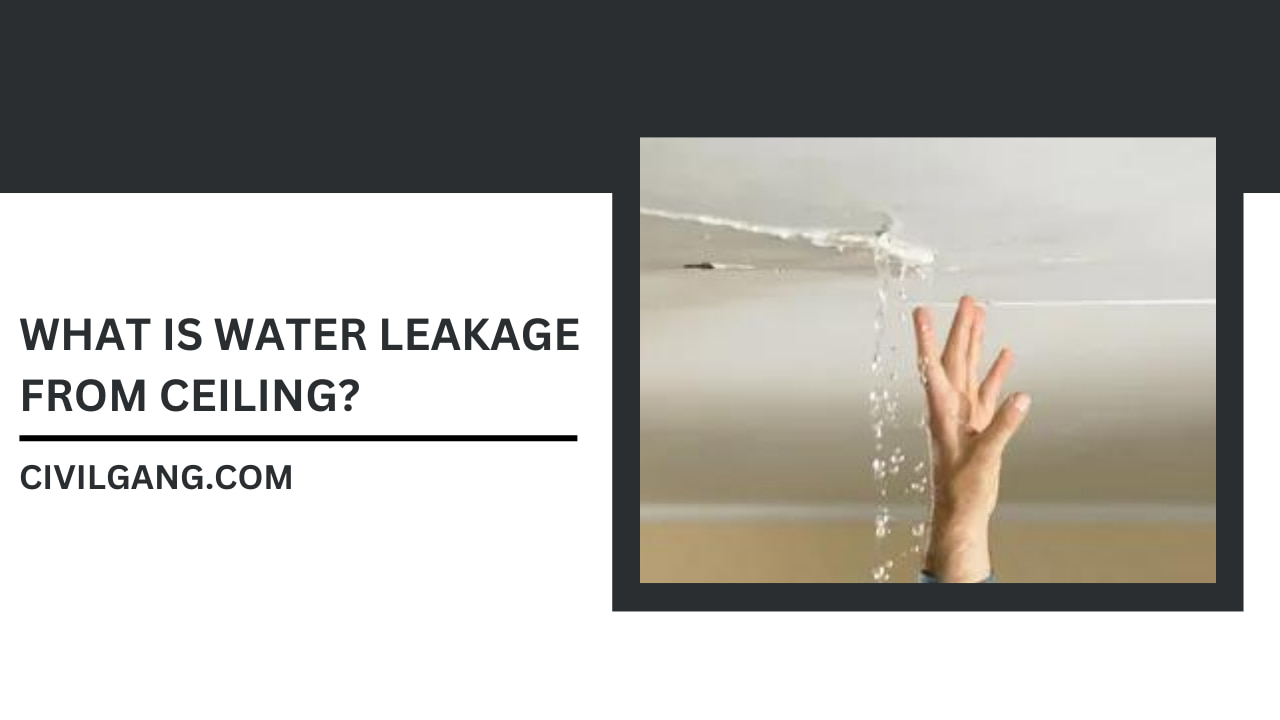
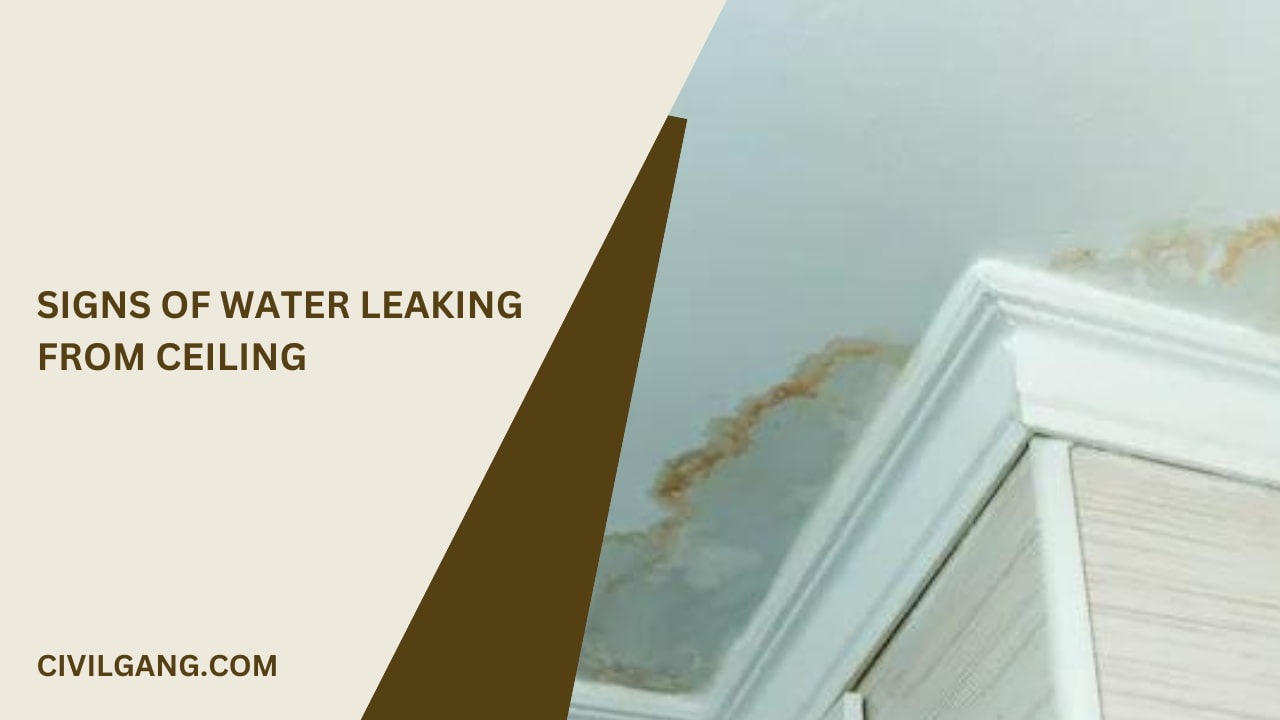
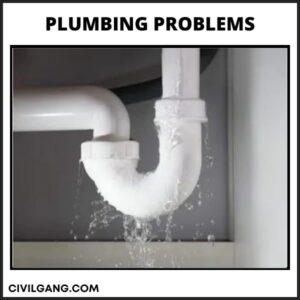

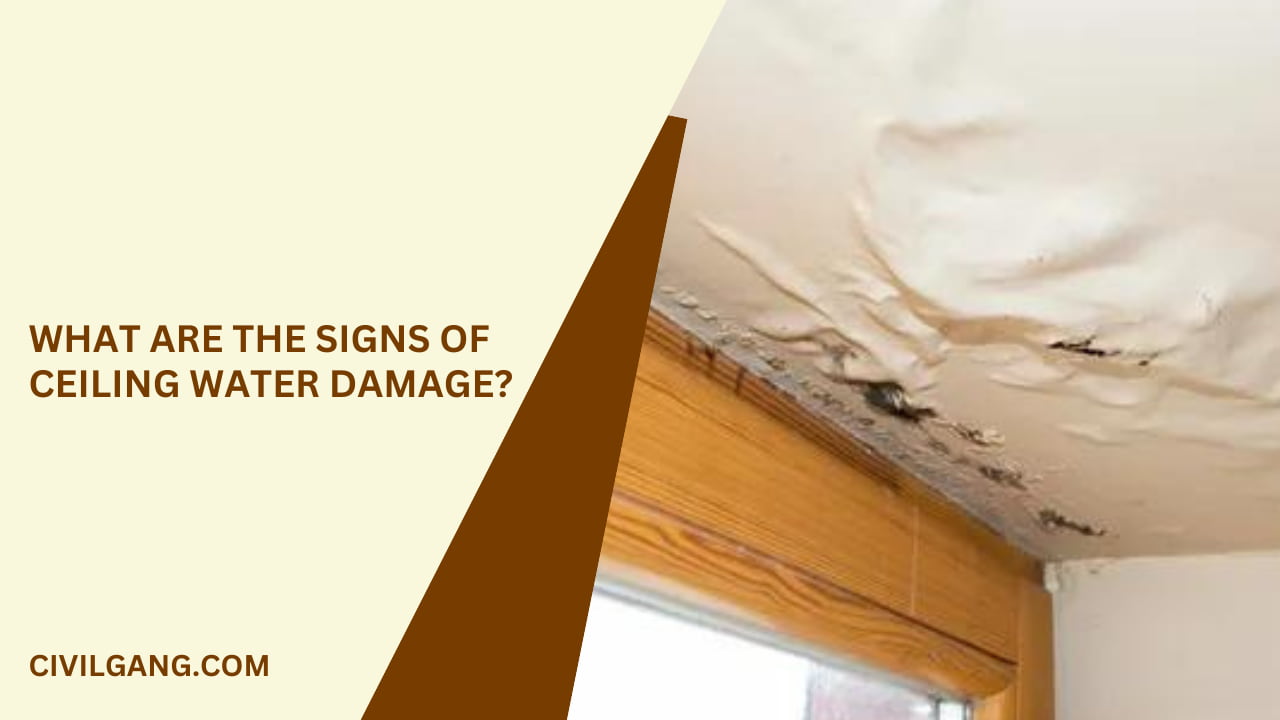
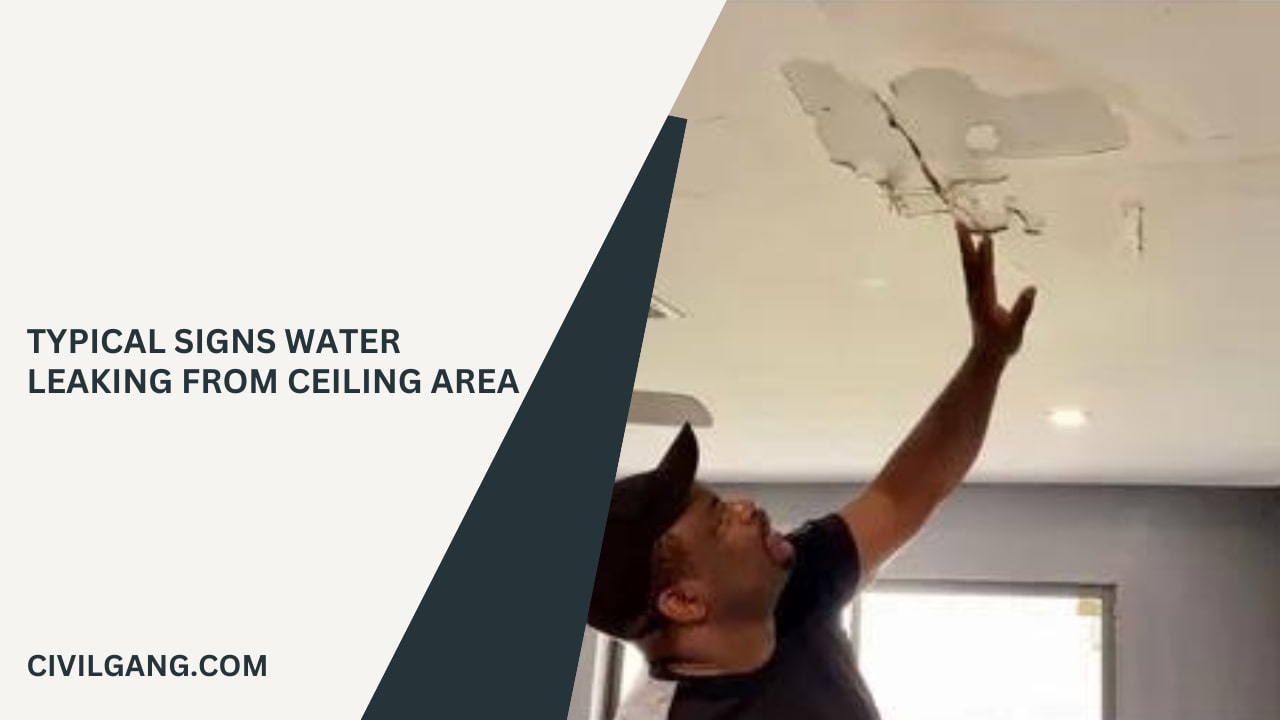
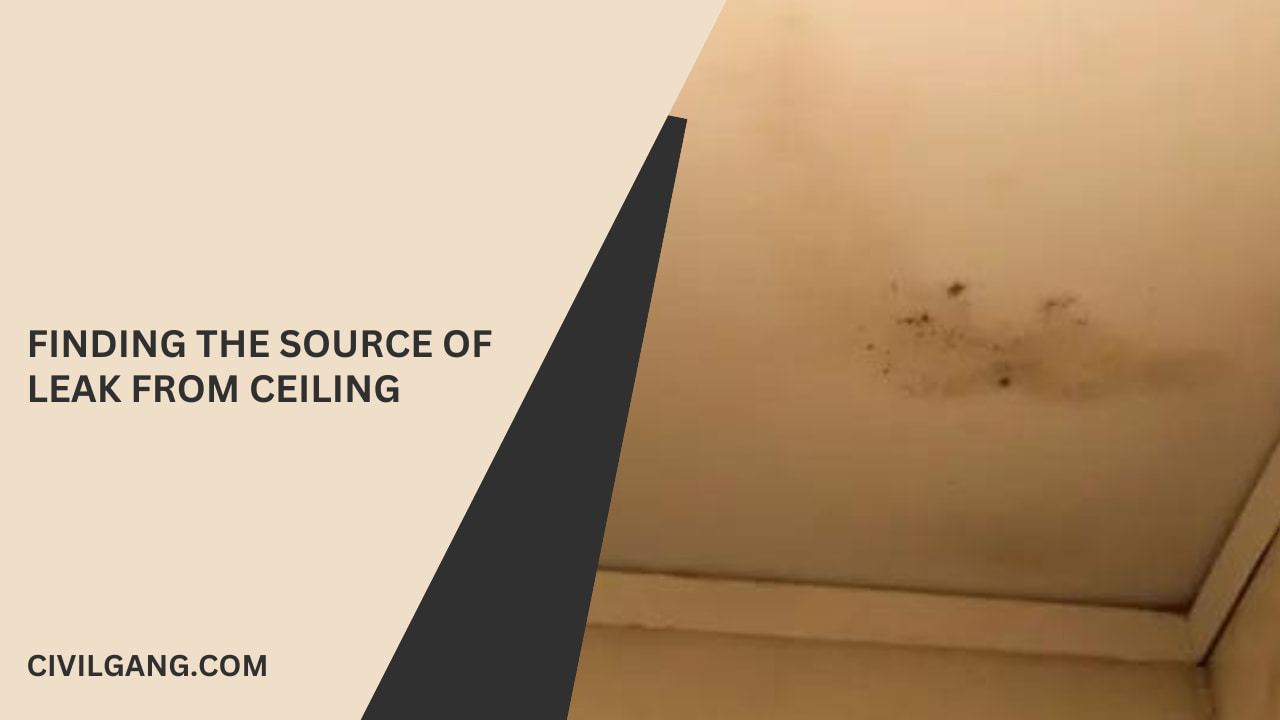
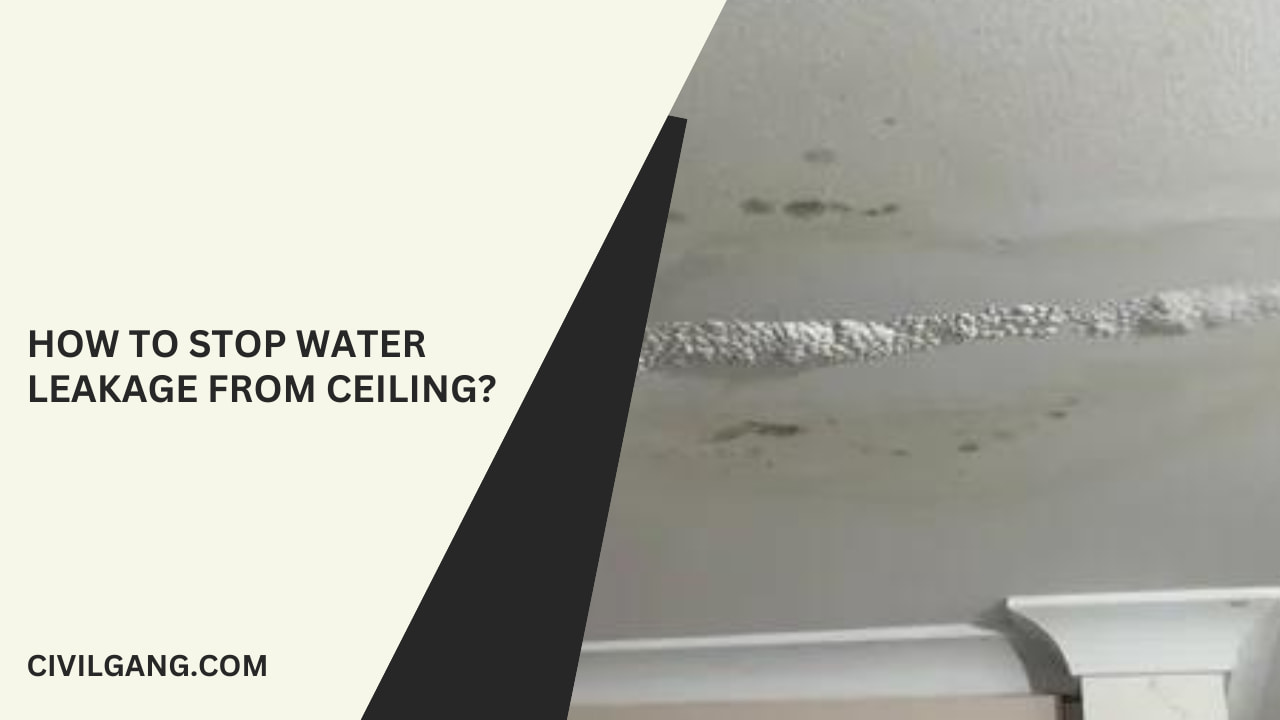
Leave a Reply